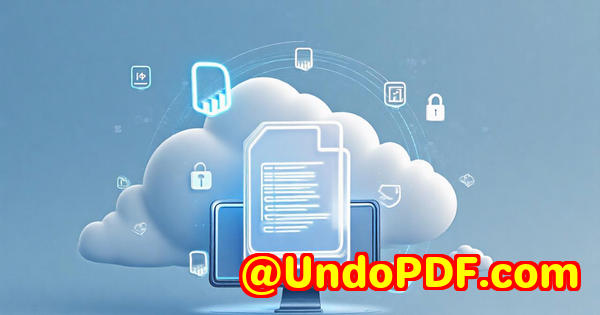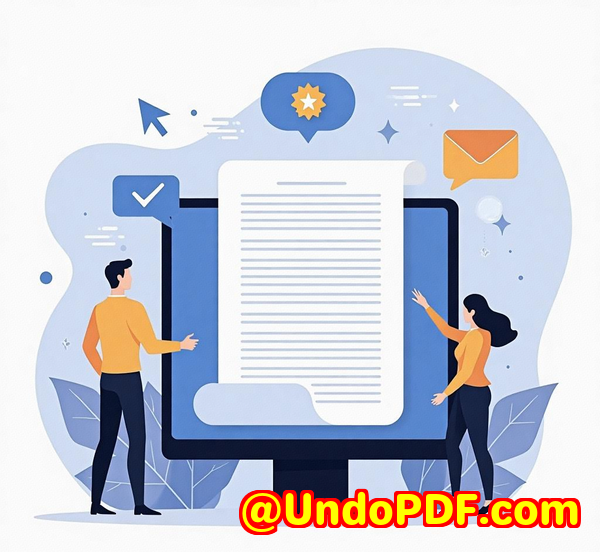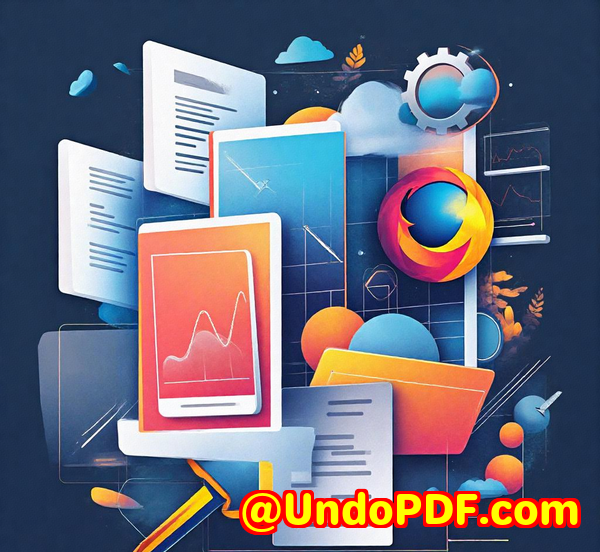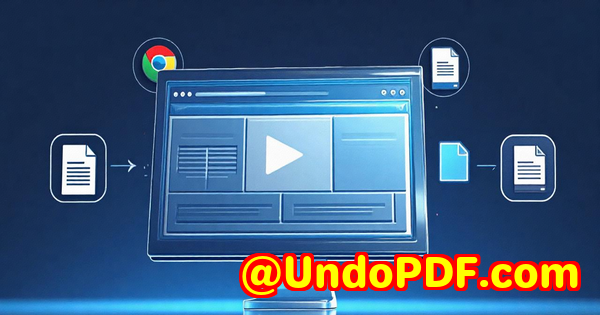Securely Process and Convert Redlined Legal Contracts to PDF for Archival Purposes
Securely Process and Convert Redlined Legal Contracts to PDF for Archival Purposes
Meta Description:
Convert and preserve redlined Word contracts as secure, compliant PDFs with VeryPDFideal for legal archiving, compliance, and transparent collaboration.

Every lawyer I know has faced this nightmare:
You’re knee-deep in a contract negotiation. It’s already gone through four rounds of edits. Every version has tracked changes, margin notes, and “let’s revisit this clause” scribbled across the document.
Now someone asks, “Can we get this into a final PDFwith all changes preservedfor archiving?”
Here’s where the chaos begins.
Half the time, the formatting breaks during conversion. The redlines vanish. Or worse, comments are stripped, and all that audit-trail goodness goes out the window.
That was my weekly reality… until I found VeryPDF PDF Solutions for Developers.
The Problem: Redlined Contracts Are a Legal Minefield Without Proper Archiving
When you’re dealing with redlined legal contracts, you need three things:
-
All tracked changes fully visible
-
Comments, notes, and revisions preserved exactly
-
The end result converted to a secure PDF for long-term storage
Most tools drop the ball on one of those.
And trust meI tried everything from Adobe Acrobat hacks to Word’s “Save As PDF” feature. Half the time, it felt like playing Russian roulette with legal compliance.
Then someone in a tech-law group mentioned VeryPDF’s redlining tool.
How I Discovered VeryPDF’s Redlining Conversion Tool
I was working with a corporate legal department on a SaaS licensing agreement that had bounced between five stakeholders. Each had their own tracked changes, inline comments, and colour-coded feedback.
The final version was a battlefield of redlines.
We needed to freeze itexactly as-isand archive the PDF.
That’s when I tested VeryPDF’s redlined document conversion tool, and it immediately delivered.
What VeryPDF Does (and Why It’s Different)
VeryPDF PDF Solutions for Developers isn’t just a basic “convert this file” tool.
It’s built to solve real-world contract and compliance pain.
At its core, it takes your Microsoft Word documentswith all the tracked changes and notesand converts them into PDFs without losing anything.
Literally everything is preserved:
-
Insertions and deletions
-
Reviewer comments
-
Formatting highlights
-
Document metadata
And here’s the kickerit does this at scale.
Batch convert hundreds of redlined contracts into PDFs in one go. That’s a game-changer for law firms or legal ops teams handling volume.
What’s in the Box? Real Features That Actually Help
1. Preserve Tracked Changes Like a Pro
This is where VeryPDF shines.
Your client wants proof that every edit was made?
No problem.
The converted PDF looks exactly like your original Word file, but locked in time.
Every insertion, deletion, and comment is there.
Perfect for legal reviews, audit trails, or regulatory compliance.
2. Secure Archiving = Sleep at Night
PDFs created using VeryPDF are archive-ready.
-
Fully compliant with industry archiving standards
-
Universally viewable
-
Immutable (aka no one’s tampering with them after conversion)
No need to worry about losing context five years down the line during litigation.
3. Collaboration That Doesn’t Suck
Multiple people reviewing the same file? No issue.
You can keep using Word for editing and feedback. When it’s time to finalise, just run it through VeryPDF. BoomPDF with every change captured.
No exporting nightmares.
No reformatting.
No data loss.
Bonus: Batch Processing for High-Volume Legal Teams
Ever had to convert dozens of contracts before Friday?
Been there.
VeryPDF supports bulk conversionhook it up to a watched folder or integrate it with your legal document system via API.
Set it, forget it, and let it churn through your backlog.
How I Used It (And Why It Saved Me Hours)
In a recent M&A deal, I was helping a legal team consolidate over 50 NDAs and LOIseach with revisions.
We used a script with VeryPDF’s API to:
-
Pull all Word files from a shared drive
-
Convert them into redline-preserved PDFs
-
Auto-name the files based on metadata (client name, date, revision number)
The result?
We had 50 fully compliant PDF archiveseach showing every tracked changewithin 30 minutes.
No formatting glitches.
No missing comments.
No manual fixing.
I’ve literally never gone back to another method since.
Who Should Use This?
If you’re in one of these camps, VeryPDF is your new secret weapon:
-
Law firms: Contract review, negotiations, and compliance
-
Corporate legal departments: Vendor and partner agreements
-
Paralegals and legal assistants: Preparing audit-ready docs
-
IT teams: Managing large-scale legal archiving workflows
-
SaaS legal ops: Preserving redlined docs for due diligence
Why VeryPDF Beats the Other Tools
Let’s not beat around the bushthere are plenty of conversion tools out there.
But here’s where they fail:
-
They strip out comments
-
They flatten formatting
-
They crash when handling tracked changes
-
They don’t scale
VeryPDF doesn’t just survive redlinesit thrives on them.
It’s the only tool I’ve found that reliably converts redlined Word files at scale, without screwing up formatting or losing data.
What to Do Next
If you’re sick of manually converting Word files and praying nothing breaksstop.
Try VeryPDF.
You’ll save hours, avoid errors, and sleep easier knowing every version is locked, preserved, and ready for any audit or legal request.
Start your trial now or learn more here
Custom Development Services by VeryPDF
If your workflow needs something extrasay, deep system integration or specialised document handlingVeryPDF has your back.
They offer custom development services across platforms and languages:
-
Python, C/C++, .NET, JavaScript
-
Linux, Windows, macOS
-
Custom printer drivers
-
Hook layers to intercept API/file access
-
OCR, document layout analysis, barcode tools
-
Cloud-based conversion and digital signature workflows
Whether you need redline conversion hooked into SharePoint or secure archiving for a custom CMS, VeryPDF can build it for you.
Contact the VeryPDF support team here to start a project consultation.
FAQs
Q1: Can I convert multiple redlined Word documents at once?
Yes. VeryPDF supports batch processing via watched folders or API integration.
Q2: Will the converted PDF show all tracked changes and comments?
Absolutely. It preserves all annotations, comments, and edits without loss.
Q3: Does it work with DOCX files only, or DOC too?
Both formats are supported. Whether you’re using older Word versions or modern ones, it works seamlessly.
Q4: Is this secure enough for legal archiving?
Yes. PDFs created are archive-grade, immutable, and compliant with legal standards.
Q5: Can this integrate into our document management system?
VeryPDF offers API support for custom integrations across most platforms and workflows.
Tags / Keywords
-
redlined document to PDF
-
legal contract archiving
-
tracked changes PDF conversion
-
batch convert Word to PDF
-
PDF solutions for law firms
-
VeryPDF developer tools
-
preserve revisions in PDF
-
secure legal document conversion
-
automate legal document workflows
-
legal compliance PDF archival
If you’re constantly asking “How do we lock down these redlined contracts without losing a thing?”, VeryPDF is the answer.



